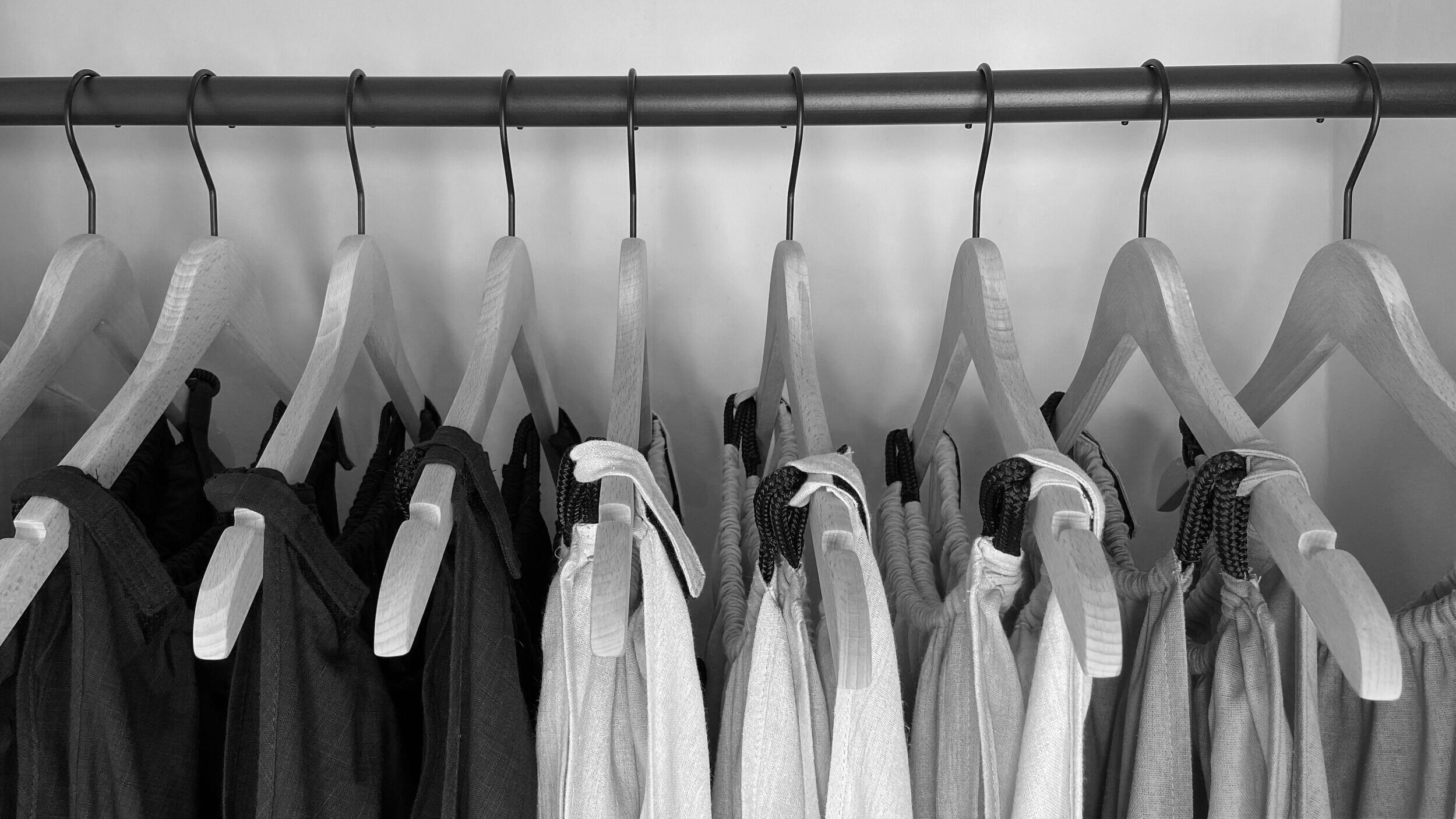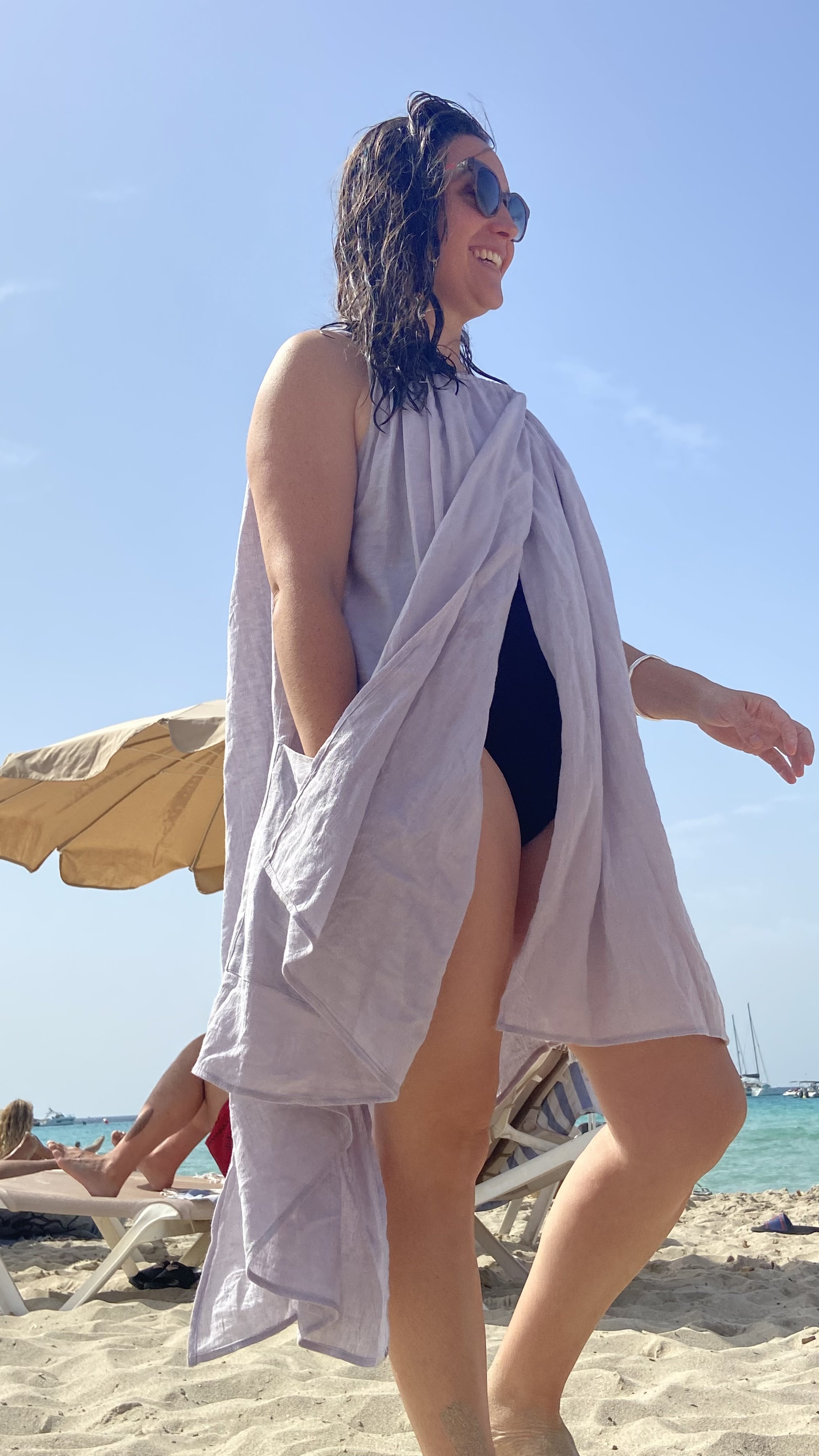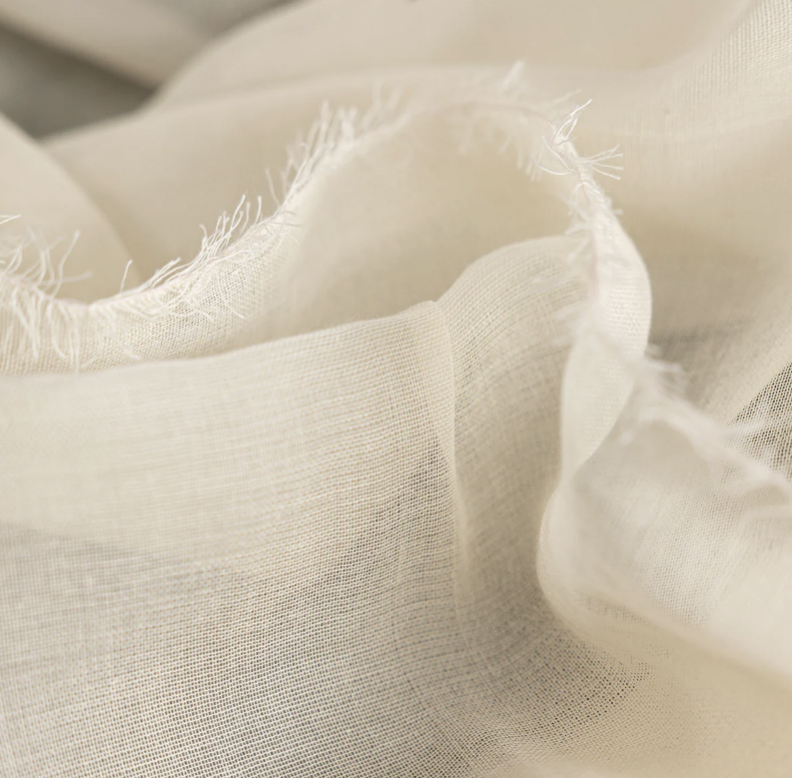
The Gown
The debut textile product, inclusively designed to accompany the pregnancy continuum; a baby friendly, skin-to-skin facilitator and birth bag essential. Made sustainably in England, supporting UK manufacturers,
The idea
Whilst working within hospital settings, I noticed patient gowns were simply not-fit-for-purpose when worn by women in pregnancy and during their baby’s First Hour of Life. Arguably, discriminatory in its design and its usage.
Using my Textile Design background as well as Midwifery experience, I set about the task of solving this problem…

Skin-to-skin contact is usually referred to as the practice where a baby is dried and laid directly on the mother's naked breast area after birth, with them both covered and left for at least an hour (UNICEF, UK) - known as the Golden Hour.
Skin-to-Skin
What is Skin-to-Skin?
Why practice Skin-to-Skin?
regulates baby’s breathing
regulates baby’s and mothers heart rate after birth
regulates baby’ temperature
helps reduce bleeding after birth
colonises baby’s skin with mother’s microbiomes that protect against infection
stimulates the release of hormones that initiate breastfeeding and milk production
“Just wanted to let you know that I've had the twins.Wearing your gown since I had them. So practical for breast feeding but also feeling really good in it too.
Teamed it up with some leggings”.
“You've created something amazing!
The gown is a beautiful thing.”

Proven long term benefits of
skin-to-skin and breastfeeding

The Challenge
The continued growth
on spending on clothing
in the UK
Demand for raw materials is expected to triple by
2050
Culture of paying
workers a low wage
(Leicester textile factories and overseas manufacturing)
An estimated
£140m
worth of clothing is sent to UK landfill each year
Textile Industry responsible for huge
carbon, water and
waste footprint
Fast-fashion/trend
driven consumer buying habits
(Waste and Resources Action Programme/WRAP)
Sustainable, Recyclable, Biodegradeble, Circular
The Classic Gowns are made from linen sourced in end-of-line warehouses, in small batches and to-order. Produced by local studios and factories in the UK, by skilled workers who are paid fairly for their skills and time.
Linen is used for it’s excellent thermoregulatory properties - keeping you cool when it’s hot and warm when it’s not..
Linen uses 4x less water than cotton to grow, absorbs more carbon dioxide, needs little to no pesticides, is stronger, 100% biodegradable and becomes more beautiful the more it’s washed.
A commitment to finding more innovative, efficient and sustainable way to address textile waste whilst creating beautiful, practical garments with health and wellbeing applications, is central to designs.

The Ultimate Beach Cover Up
life span and it’s uses. Good quality garments are better value for you and better for our environment.
The Classic Gowns’ chic design lends itself to be worn as a beach cover-up or dress after the maternity period which extends it’s
Looking after Linen
Linen is a very easy fabric to care for. If worn within hospitals, the Classic Gowns can withstand hygienic washes at very high temperatures.
Simply hang linen to dry and iron (if you choose) on a high heat, but note, linen fabric is made from long and strong fibres which naturally crease and gives the fabric it’s infamous and beautiful ‘wrinkle’.
Fear not, the crinkles fall out as easily as they are made.
What should you do if your gown is blood stained? Not worry and check out this handy guide below by LoveYourClothes.Org














